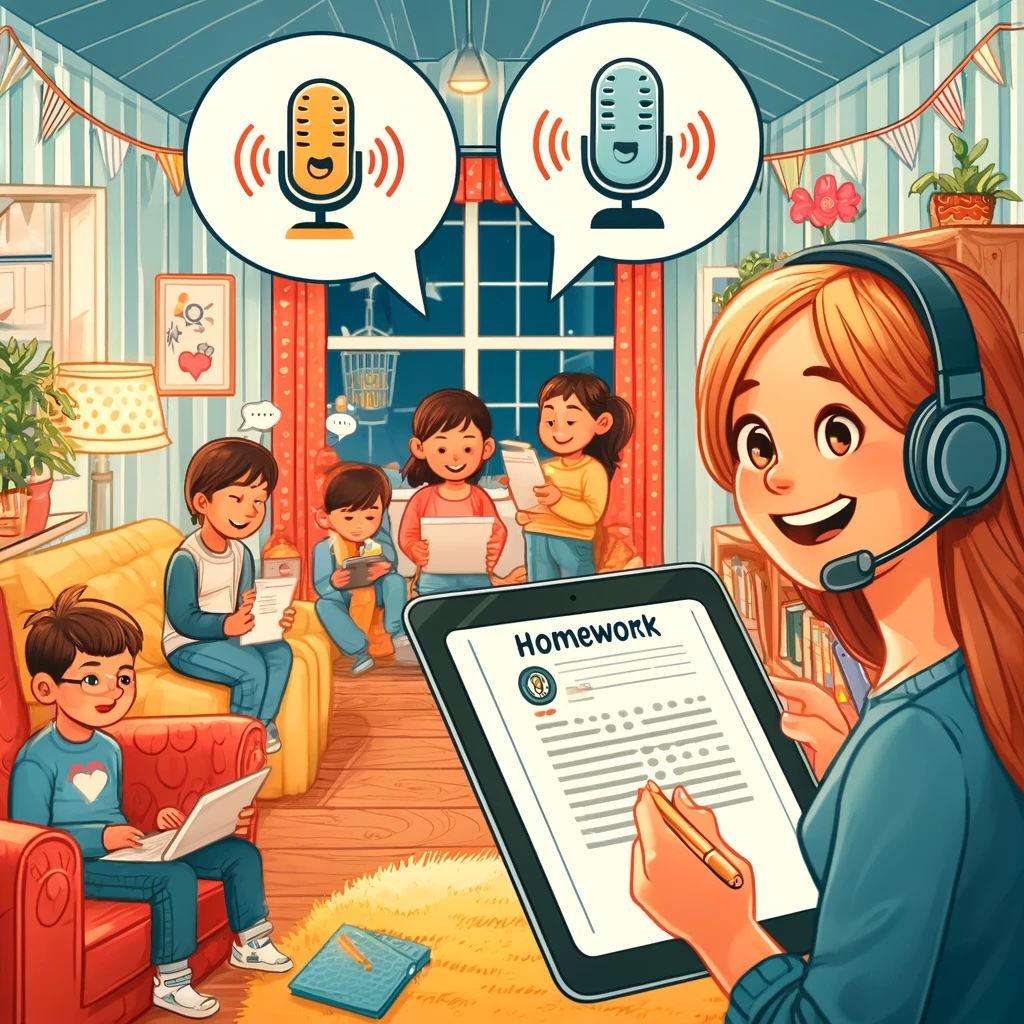In a world driven by the written word, we’ve come to accept that text reigns supreme. Whether in emails, social media, or even education, the ability to articulate through writing is seen as a vital skill, and in many ways, it is. But what if the very foundation of how we communicate is built on a false assumption? What if the future isn’t written, but spoken?
There’s a curious paradox in how we perceive communication. Humans have been speaking far longer than they’ve been writing. Babies speak before they can read, and long before there were written records, stories, knowledge, and ideas were passed from generation to generation through the spoken word. Yet, somewhere along the way, the written word took precedence, and speaking became secondary in many arenas—particularly in how we connect and learn.
Enter an idea that defies the norm: voice is not just a nostalgic throwback to our roots; it’s the future. And not just in casual conversation, but in the way we engage, connect, and most importantly, learn. Imagine a platform where the written post is replaced by the spoken voice, where ideas aren’t typed but shared through quick, thoughtful voice notes. That’s exactly what Sound Branch is doing. It’s a radical proposition—one that seems to swim upstream in a world flooded by texts and tweets. But history has shown us that some of the most powerful ideas often start out that way.
Let’s look at education. The traditional model of learning has long favored reading and writing as primary methods of absorbing and retaining information. Revision, a key component of learning, is largely a silent affair—students hunched over desks, reading notes or textbooks. But what if that process was flipped? What if students could record voice notes, listen to key concepts in their own voice, and use Sound Branch to build a personal library of spoken knowledge? Science tells us that listening to something, particularly our own voice, can activate different areas of the brain than reading. It engages us in ways that text alone may not.
Moreover, voice revision taps into a basic human truth: speaking is natural. For students who struggle with writing or reading comprehension, voice-based learning could be a game-changer. It becomes more than just a tool for expression; it’s an equalizer. Suddenly, learning isn’t about how well you can write, but how well you can communicate and absorb information in the way that suits you best.
Teachers, too, can benefit. In a world where technology often isolates, voice can reconnect. Teachers can record quick summaries of lessons or provide verbal feedback, allowing students to hear the nuances in their tone and intention. A spoken word offers depth that written comments often lack.
The contrarian truth that Sound Branch proposes is this: voice is the future of learning and communication. And it’s not just about convenience—it’s about creating deeper, more meaningful connections. The power of voice is in its ability to humanize, to make us pause and listen in a world filled with distractions. While the world may be focused on faster, shorter written communication, Sound Branch quietly suggests that the answer to our increasing disconnect might lie in returning to something much older, something that’s been with us all along—our voice.


